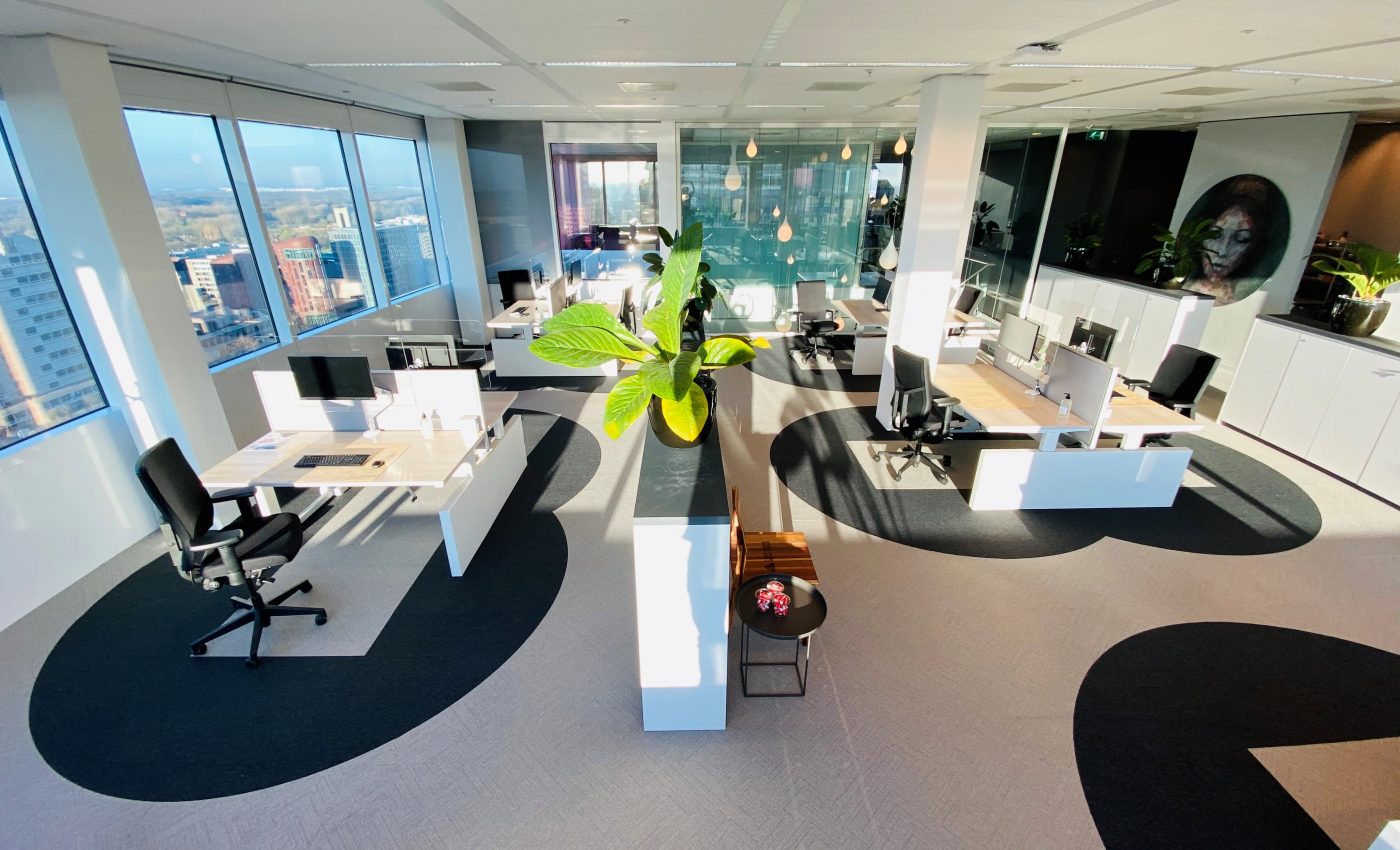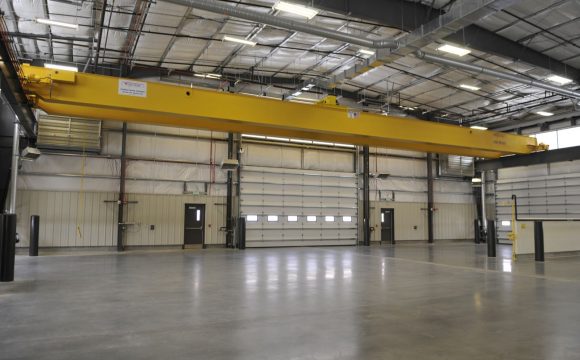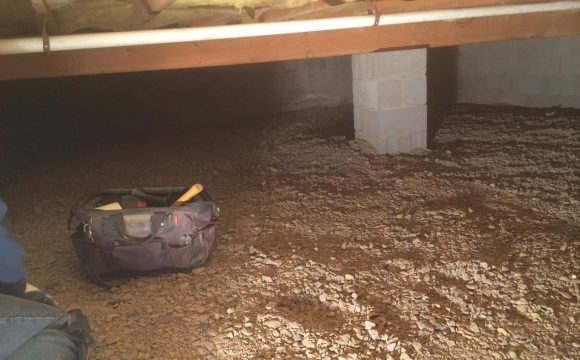Trouble-free commercial buildings reduce the cost of ownership, leaving more earnings to fall to the bottom-line.
Not every industrial, mixed-use, or warehouse structure fits the bill though. So, here are 4 tips to enjoy (mostly) trouble-free use of a commercial building.
Stay on Top of the Roof
While we don’t mean that quite literally, getting the commercial roof inspected every year or so is a good idea.
There are specific requirements for the type of expansive roofing used in commercial buildings making residential roofers unsuitable for the work. Roofs in hotter climates like those in Australia can sustain sun damage. Lidoran Roofing services in Brisbane can resolve these and add a protective coating to limit how much the heat from the sun damages the roofing materials. It’s worth considering because roofing can deteriorate faster in extreme heat, so this calls for commercial roofs to be examined more regularly to be safe.
Intentionally, Keep Things Simple
It’s always tempting to put in as many mechanical systems or apparatus as possible in a building.
The trouble with any technology and machinery is that inevitably it will eventually go wrong. The drum stops turning, the gearbox fouls up, and so on. Even with maintenance, all types of machinery and mechanical apparatus are subject to periodic failures.
For this reason, avoid overcomplicating the management of the building by installing too many fancy gadgets, machinery, and more. Get what’s needed for the business and support the business use of it but avoid overcomplicating everyone’s lives. The simplest solution is often the most trouble-free one!
Try to Stick to the Original Use for the Building
Commercial buildings are architecturally designed, constructed, and finalised based on specific business use. That might be as a storage building, a warehouse for receiving and sending out goods, a factory, a large office, or a mixed-use structure.
What goes into the creation of a building includes all the systems installed, planned access roads, drainage, and a host of other considerations that were originally designed around the business use case. Changing that later to something completely different can create unintentional consequences. While staff will find workarounds for teething problems that occur as a result, it’s less than perfect.
Ensure Permissions Are in Place for Business Activities
Following on from the previous point, it also stands to reason that when the business use changes, the company may need to obtain new permissions to support that.
For instance, turning a storage warehouse into a goods in/goods out one that enjoys frequent deliveries and dispatching can create unexpected traffic congestion outside the building. It’s worthwhile considering whether the building in its current state and with the permits already granted supports such a plan? What building changes are necessary to do so? Don’t get caught out.
Being mindful of what’s required, keeping things simple, and verifying the condition of the roof and other important structural elements does much to using commercial buildings without any fuss. Overcomplicating life does the opposite for the company.








